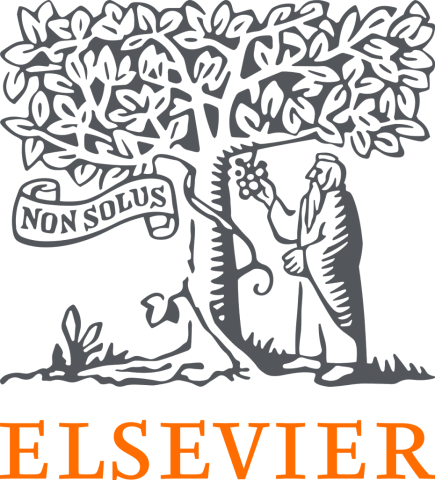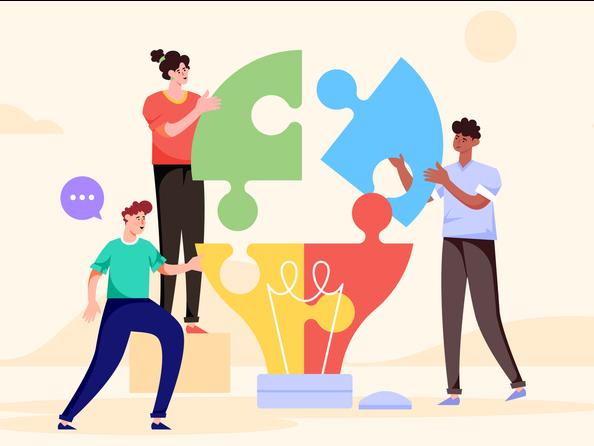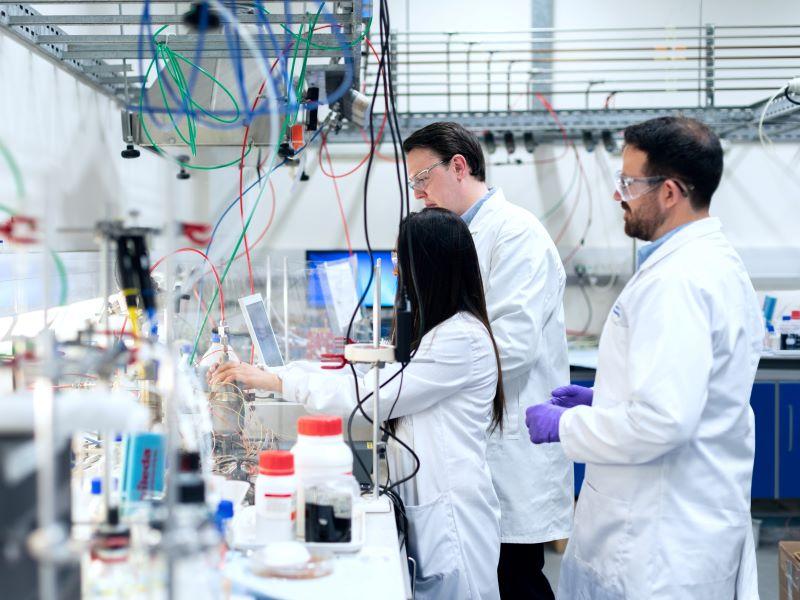
When engaging young people in participatory research, trust is key
How can we collaborate with young people to co-produce research? Keep these three things in mind
Research management
Sponsored by

Elsevier helps researchers and healthcare professionals advance science and improve health outcomes for the benefit of society.

You may also like
Popular resources
“I definitely would consider myself a researcher now, now that I’m able to redefine that word ‘researcher’.” (Rahesa, 7.11, )
How can an academic unite two very different sides to their work – one focused on historical research, the other geared towards widening access to higher education? That is the challenge I was grappling with when I conceived the “Whose Power?” project at Leeds City Museum, funded by the Arts and Humanities Research Council.
The aim was to learn about how to do participatory research with young people, by co-producing knowledge catalysed by my specific research area – late 19th-century women making everyday energy decisions in their homes. Together with members of the Preservative Party, a diverse group of 14- to 24-year-olds working as youth curators at Leeds City Museum, we have explored domestic objects in the collections, using them to start a conversation among ourselves and with museum audiences, through an exhibition, about whose power is overlooked in traditional histories of energy. We have thought about advocacy and power in energy change in the future.
Recognising the power of young people’s voices and responding to the group members’ ambitions to learn more about podcasting, we have produced Over the five episodes, we question our project, our processes and our learning. After 18 months of working with the Preservative Party, I’ve discovered that participatory research is something we’ve been doing all along, even if it wasn’t identified as such.
So, having consulted with the group, what tips do we have for those embarking on similar projects?
<������Ƶ>Plan to changeExpect to throw your work plan out of the window.
When I submitted the AHRC application, I included a beautiful one-page work plan. Very early on, I asked one of the members, Bobby, how the group does projects. Their answer filled an organised academic’s heart with fear. “Anarchy. I think it’s very hard to nail down a Pres Party approach […] because it depends who’s in the room during that session.” (4.43, ). This mapped closely onto the response of the group facilitator, Jordan, to the work plan: “I remember kind of trying to, or hoping to, explain to you that this is something that may likely change and that the group will shape it.” (3.04, )
When I met the group, they were finalising a significant period of work. It would culminate in , an exhibition that ran until June 2023 at the museum. This meant that the first six months of the original plan were thwarted in the most wonderful way. I spent this time learning about how the group curated a successful exhibition and helping them navigate conferences and award acceptance events. While none of this featured in the original work plan, it provided vital time to create the safe space required for all effective participatory research with young people.
As Lauren Theweneti, Preservative Party senior mentor and co-author of this article, said to me when we were three weeks from exhibition opening with nothing to hang on the walls: “It will happen.” It might not happen according to your usual timetable for academic projects. But, done right, participatory research will make it happen because everybody feels empowered and everybody wants the project to succeed.
<������Ƶ>Create a safe space“I love Pres Party. Pres Party is the place in the world where I feel the happiest and where I feel the safest.” (Bobby, 9.24, )
Creating a safe space is more than just paying attention to safeguarding and ethics. It is vital that everybody has the time and support to come to the project in their own ways.
While I had thought carefully about an iterative approach to ethics in the original application, I still planned to complete initial consent forms in the first month. I hadn’t fully accounted for how this project would be shaped by the group’s needs and wants.
For example, group member Tae’s initial reaction when the project and ethics was mentioned was “I’m not interested in this professor just coming to talk at me about things that I don't necessarily care about.” It took about four months for them to feel safe enough to ask to complete the ethics process “for my own peace of mind […] I wanted to talk to you about what this whole project was to you” (7.49, Episode 4).
The original project was entitled Empowering Women: Co-Producing Histories of Women and Energy in the ������Ƶ, directly reflecting my . Tae’s considerations led to a new title, “Whose Power?” and new questions. They wrote the questions we chose to stencil onto the walls of our exhibition, , focusing on whose history of energy is recorded and why. The questions asked exhibition visitors to think about how people’s gender, race and class link to who gets to make energy decisions. How can revealing a wider diversity of people making energy changes in their homes help us all feel empowered in the future of energy change?
<������Ƶ> ‘Just trust’Safe spaces rely on trusting relationships. Having worked with the Preservative Party for 12 years, Esther (community engagement manager, Leeds City Museum) found that the key to participatory research with young people is “to allow those conversations to happen […] that slowly we will see the threads of commonality within the group. And that will itself organically emerge as a project.” (9.42, ). As an academic asking to be allowed to join in to this process, I had to learn from the older members, like Lauren, who we appointed as mentors, and from the wider group, that building trust was “difficult” and time-consuming, but utterly crucial.
Trust is vital. It takes time and energy but it will be worth it. Only with trust comes the redistribution of power that is at the heart of participatory research.
“Participation done well has power at its heart, but it’s not power to close off. It’s not power to shut down, it’s power to open up” (Abigail, 18.45, ).
Abigail Harrison Moore is professor of art history and museum studies at the University Leeds and Lauren Theweneti is senior mentor of the Preservative Party at Leeds City Museum and associate lecturer in history at Sheffield Hallam University.
If you would like advice and insight from academics and university staff delivered direct to your inbox each week, .
Research management
Sponsored by


